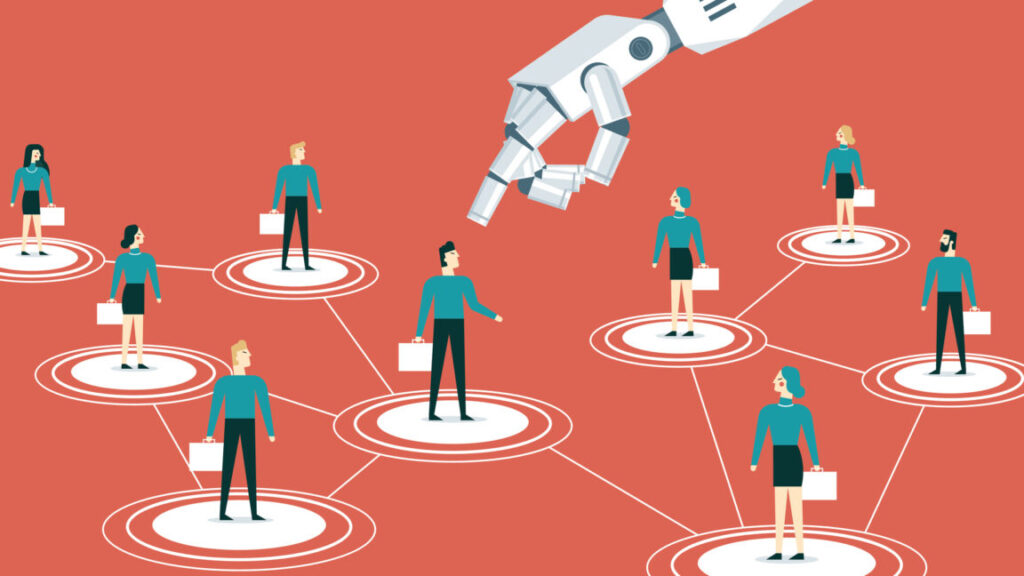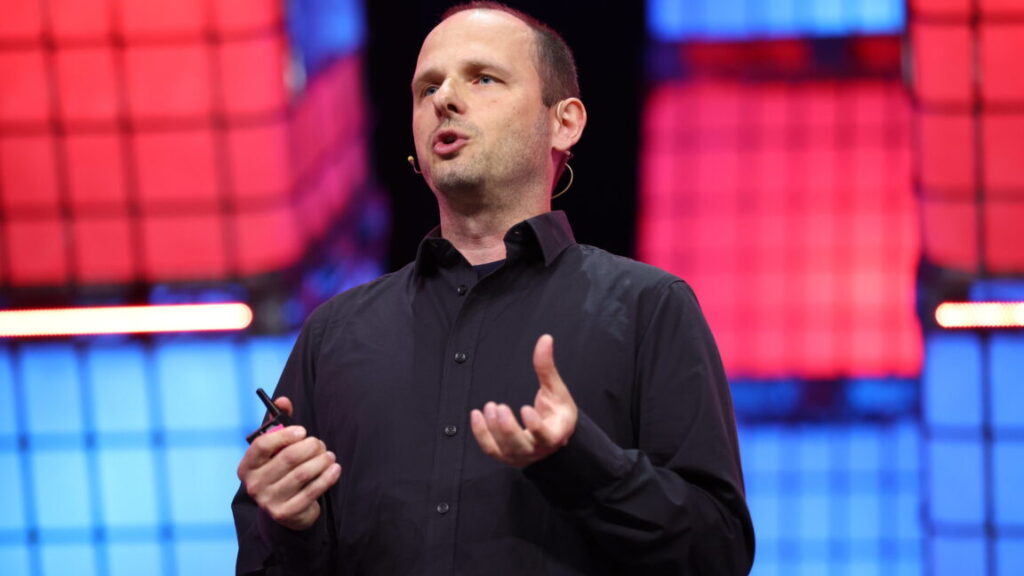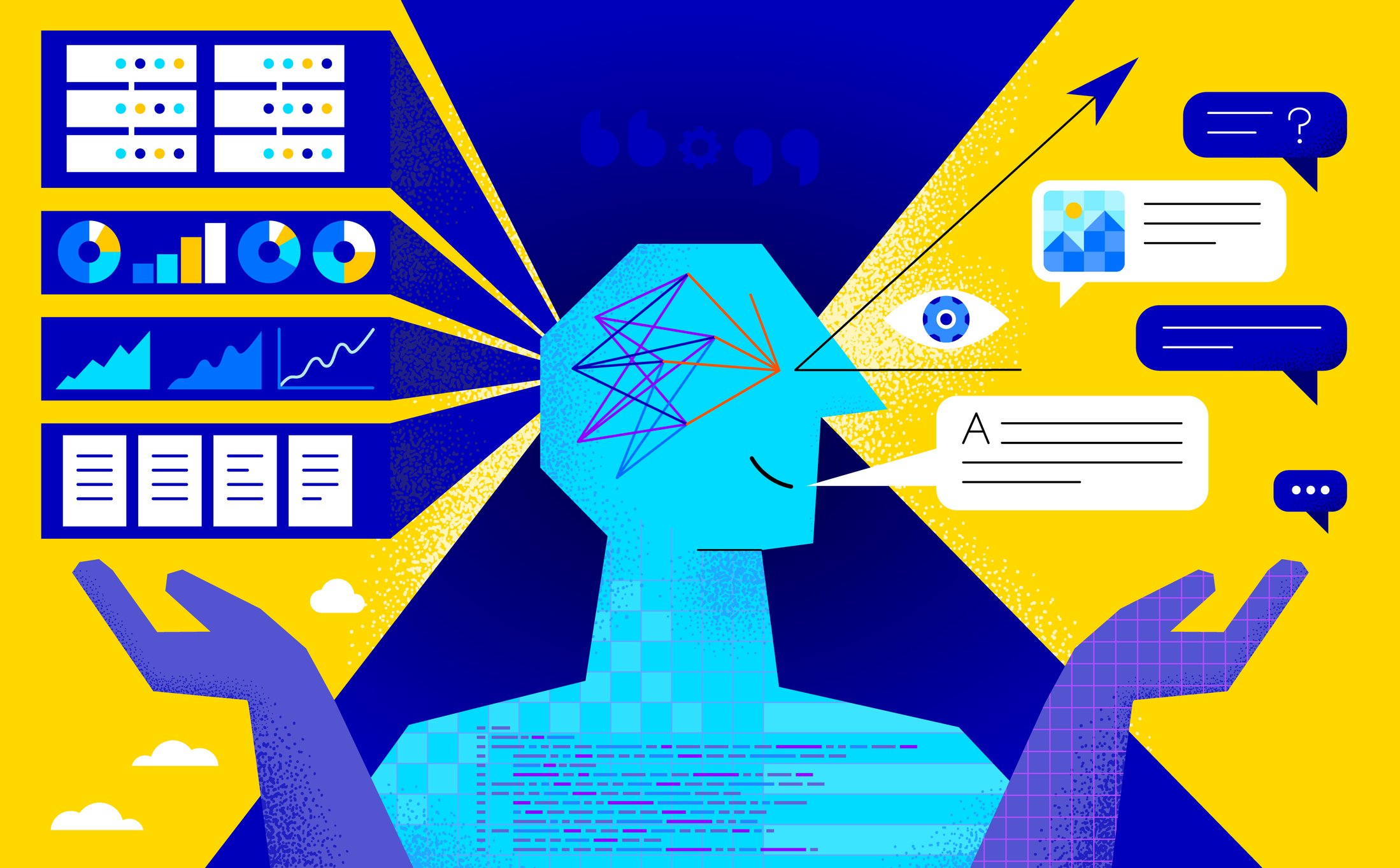Nvidia ousts Intel from Dow Jones Index after 25-year run
Changing winds in the tech industry
The Dow Jones Industrial Average serves as a benchmark of the US stock market by tracking 30 large, publicly owned companies that represent major sectors of the US economy, and being a member of the Index has long been considered a sign of prestige among American companies.
However, S&P regularly makes changes to the index to better reflect current realities and trends in the marketplace, so deletion from the Index likely marks a new symbolic low point for Intel.
While the rise of AI has caused a surge in several tech stocks, it has delivered tough times for chipmaker Intel, which is perhaps best known for manufacturing CPUs that power Windows-based PCs.
Intel recently withdrew its forecast to sell over $500 million worth of AI-focused Gaudi chips in 2024, a target CEO Pat Gelsinger had promoted after initially pushing his team to project $1 billion in sales. The setback follows Intel’s pattern of missed opportunities in AI, with Reuters reporting that Bank of America analyst Vivek Arya questioned the company’s AI strategy during a recent earnings call.
In addition, Intel has faced challenges as device manufacturers increasingly use Arm-based alternatives that power billions of smartphone devices and from symbolic blows like Apple’s transition away from Intel processors for Macs to its own custom-designed chips based on the Arm architecture.
Whether the historic tech company will rebound is yet to be seen, but investors will undoubtedly keep a close watch on Intel as it attempts to reorient itself in the face of changing trends in the tech industry.
Nvidia ousts Intel from Dow Jones Index after 25-year run Read More »
















